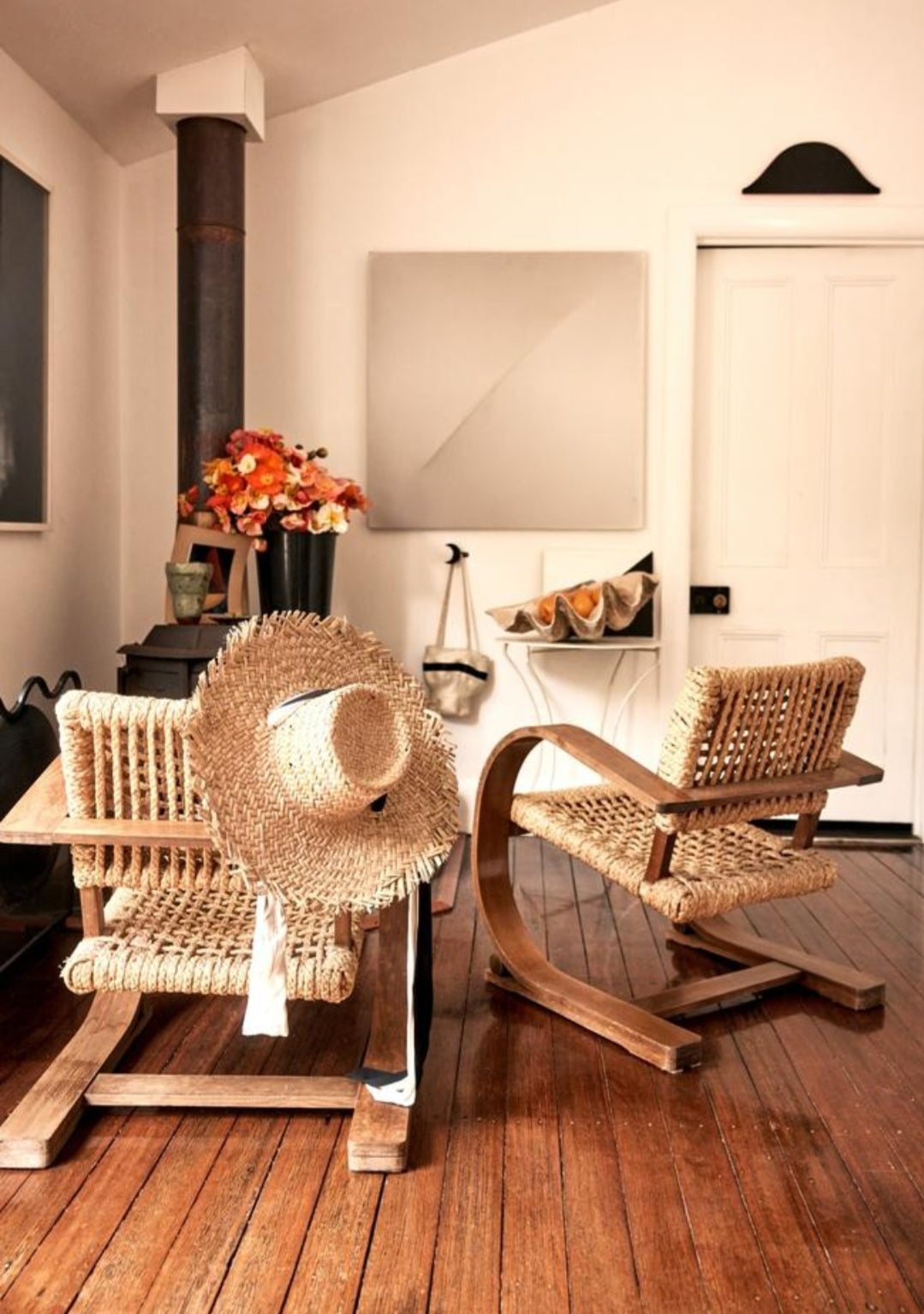
Could we be witnessing the death of furniture chain stores? Exploring the thriving luxury second-hand furniture market and what it means for conventional retail.
by Zoey Cash
The luxury second-hand furniture market has emerged as a thriving industry, offering consumers a combination of uniqueness, value and sustainability. This is cause for concern to our conventional furniture stores, particularly when research indicates that second-hand furniture is one of the fastest growing sectors in the resale market.
In fact, the global second-hand furniture market is projected to nearly double in value by 2030. This is a CAGR (compound annual growth rate) of 7.8% during the period of 2022-2030 - which basically means it is rising significantly. Similarly, the thriving second-hand fashion and accessories market has been predicted to triple in value from US$28 billion to US$80 billion over the next ten years in the US. Globally, it is predicted to reach US$350 billion by 2027.
Indeed, prominent furniture retailer Coco Republic has noticed the shift, and now offers customers a catalogue of “Vintage & Antiques” furniture. Even Ikea has jumped on board, implementing a “Buy Back” scheme in the EU where customers can sell their furniture back to the store. They have also committed to using only sustainable and recyclable products. It seems resale is in, and conventional is out.
Shifting Consumer Mindset
The changing mindset of consumers has redefined the notion of luxury, placing emphasis on unique and personalised pieces with a history, rather than cookie-cutter, brand new pieces that your neighbours may possess. A Finnish study on luxury second-hand fashion goods revealed that consumers attached meanings to their purchases, desiring cost saving, authenticity and individuality as primary motivators. Additionally, research conducted by the University of Tasmania indicated that style-consciousness was a significant predictor for shopping second-hand. Other research has indicated that more consumers are shopping sustainably, with a study revealing that 74% of women aged between 18 – 29 preferred purchasing from sustainably conscious brands. This pursuit of uniqueness and sustainability may pose a real challenge to furniture chain stores.
Accessibility and Technological Advancements
E-commerce platforms like eBay, Etsy and Instagram, coupled with user-friendly website creation tools, have created a global marketplace for buyers and sellers to connect. Integrated technology and augmented reality has further enhanced the shopping experience, allowing customers to visualise how specific pieces would fit into their homes. This technological advancement has facilitated easier and greater consumption of second-hand items, in contrast to the rapid production and consumption of new items in the early stages of capitalism.
Additionally, more and more consumers are accessing online shopping through their mobile devices, giving them a quick and easy way to shop for almost any item, and in a global space. Google searches, coupled with access to numerous platforms, allows them to browse and purchase items at their fingertips.
Benefits to Consumers
Affordability stands out as a significant advantage, allowing individuals with various budget constraints to furnish their homes with high-end pieces that would have been financially out of reach otherwise. It also provides access to timeless designs and well-crafted pieces that are no longer available through conventional retail channels. Consumers can infuse their spaces with character, uniqueness and a touch of history by choosing sought-after vintage items. Of course, purchasing second-hand furniture also contributes to the circular economy, giving many consumers peace of mind about purchasing a ‘new’ furniture item.
Positive Environmental Impact
The second-hand furniture market undeniably contributes to a more conscious and environmentally friendly approach to consumption, by reducing waste and minimising the environmental impact associated with the production of new furniture. Conventional methods have been widely criticised for their contribution to environmental problems, leading many individuals to reassess their consumption behaviours and ideals. Through embracing the second-hand market, whether driven by sustainability concerns or not, consumers actively contribute to reducing their ecological footprint.
What does this mean for stores like Harvey Norman?
Figures demonstrate that second-hand furniture consumption is on the rise, with predictions it will continue to rise significantly over the decade. This means that chain stores will need to adapt to this change if they haven’t already. With Ikea and Coco Republic already embracing the concept of second-hand consumption, other conventional furniture stores, like Harvey Norman and Nick Scali, may need to follow these market changes or risk their demise. If the predictions are correct, second-hand furniture consumption will be the new norm, and brand new furniture will be less valued, and therefore, less purchased. With environmental issues high on political and social agendas, sustainability will remain an inherent aspect of the second-hand market. Whilst its positive impact on the environment cannot be denied, its harmful impact on chain stores is likely to be felt within the decade.
Image via Vogue.